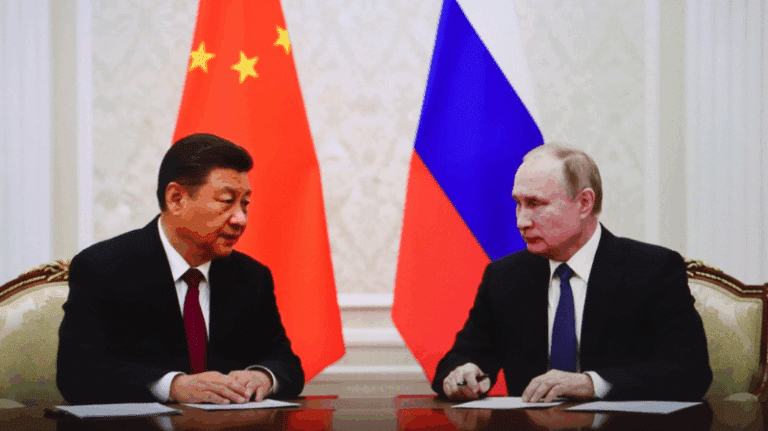This article was originally published in Natural Gas World and is reposted here with permission.
***
The hottest “commodity” in energy markets right now may not be a fuel, but the specialized tankers that carry liquefied natural gas (LNG) across the oceans. After a period of low prices, spot LNG charter rates hit an inflection point about a year ago and are now approaching $200,000 per day, an all-time high for the LNG industry as demand for the fuel outpaces ship availability. This is more than four times the annual average level in 2017, and almost six times the average in 2016. Some industry analysts speculate that such sky-high shipping rates could be around for three years until new vessels can be ordered and built. Others, including the IEA, warn that a shortage of LNG shipping capacity could become a supply security risk. However, there is reason to believe that the current LNG carrier fleet has sufficient capacity cushion to adjust to the current high spot price environment in the short term.
The primary drivers of this rise in LNG charter rates have been the rapid expansion of Chinese LNG imports and the growing physical distance between exporters and importers in the market. China’s LNG imports have accelerated sharply from the second half of 2017, driven in large part by the government’s coal-to-gas switching policy, a response to high levels of pollution. After a period of massive growth and seasonal gas shortages last winter, Chinese LNG demand shows no sign of slowing, and a rush to secure shipping capacity to meet Asian LNG demand ahead of the peak winter months has contributed greatly to the current shipping market tightness. Another factor stretching LNG vessel availability is the increase in the average shipping distance globally. New projects in the US Gulf Coast and the Russian Arctic are located farther away from premium Asian markets than the more established LNG suppliers. Shipping a million ton of LNG per year to East Asia requires about one average-size LNG carrier from Australia, and about 1.5 from Qatar. The same delivery from the US Gulf Coast requires more than two vessels while shipments from the Russian Arctic require more than three during the winter, when the only navigable route to Asia is via Europe. LNG reloads from Western Europe to Asia also generate a lot of additional shipping demand when the Asian price premium is strong, as it was for most of the last two years—until market fundamentals in Asia have softened a bit in recent months.
However, high charter rates to some extent can self-correct market inefficiencies by making the most stretched-out routes—such as European LNG reloads to Asia—uneconomic. There are also several cushions in the system that could provide relief if charter rates remain elevated, though most of these are operationally challenging and costly. If spot hiring rates keep going up, then charterers could re-charter underutilized vessels in their fleet to turn a quick profit, making additional vessels available for the short-term market. High shipping rates could also induce operators to increase cruising speed, particularly on the ballast leg of the journey, where LNG tankers often steam more slowly to save fuel, squeezing yet more capacity from the existing fleet. Cargo swaps could also be employed more widely to optimize LNG trade flows, although operational challenges, transaction costs and a general aversion to sharing sensitive pricing information make this a more complicated option than pure economics would suggest. In case of extreme tightness, one or two dozen old laid-up vessels can be reactivated and brought back to the market. While neither cheap nor very efficient, this could be yet another stopgap until the next wave of newbuild vessels enter service a few years from now. Shipowners may also have several unexpired shipyard options with 2020 delivery dates, which they can still exercise and bring to the market sooner than a newly-ordered vessel can be built. These shipyard options are an often overlooked part of the orderbook. Taken as a whole, all of these solutions could help alleviate the supply security concerns related to LNG shipping availability between now and 2021.
Still, we’re already seeing the seeds of the next stage of the boom-bust cycle. The current high charter rates are already attracting a slew of new entrants to LNG shipping, and fleet operators are placing a large number of newbuild orders—some speculatively—in response to the acute market tightness and the generally strong outlook for LNG trade growth. But before the cycle turns, the industry has a few more tricks up its sleeve to alleviate the immediate capacity shortage in LNG shipping, even if that means more volatile charter rates in the near term.
***
The views in this commentary represent those of the author.
This work was made possible by support from the Center on Global Energy Policy. More information is available at http://energypolicy.columbia.edu/about/mission.





